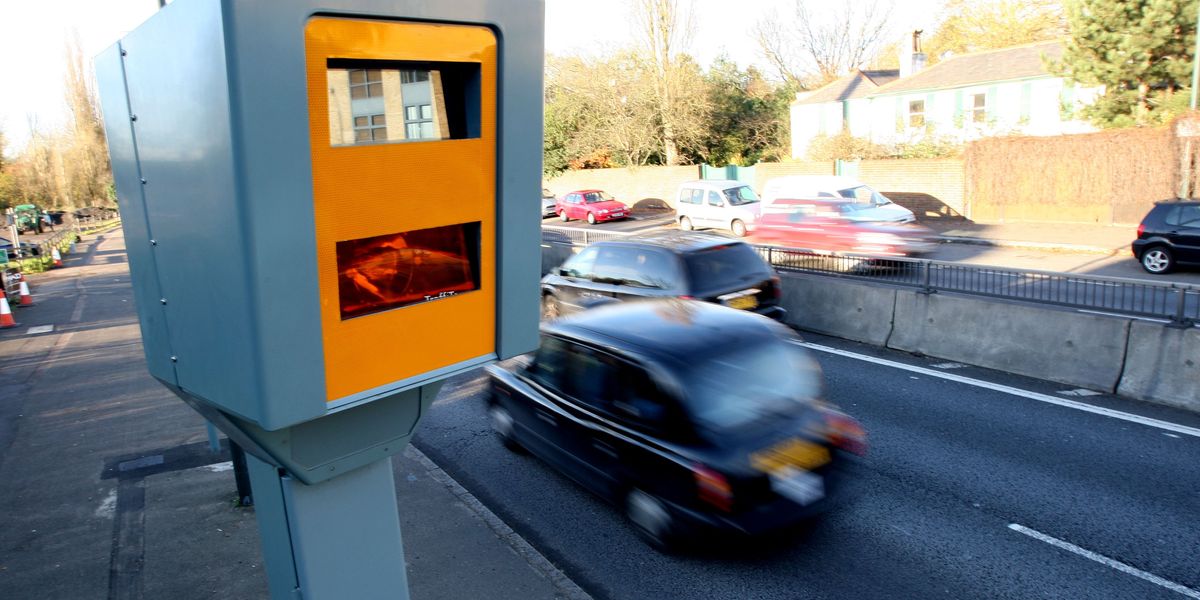The 1967 Road Safety Act made it an offence to drive a vehicle with a blood alcohol concentration of more than 80mg of alcohol per 100ml of blood – a limit which remains in place today in England, Wales and Northern Ireland. It is 50mg in Scotland.
The RAC acknowledged that the number of deaths are now far lower than the final decades of the 20th century – and in many other countries.
But its road safety spokesperson Rod Dennis called for the government to work with experts to implement a clear action plan. He added that drivers need to be prevented from being able to drink-drive.
He said it was also important that drivers know they were at serious risk of getting caught if they did drink-drive.
“Data suggests a significant number of drink-drive offences are committed by reoffenders, so there’s a good case for fitting alcolocks which stop someone over the limit from starting a car”, he said.
Mr Dennis continued: “It’s abundantly clear that a hard core of people, especially men, continue to put the lives of all road users at risk by choosing to get behind the wheel after consuming too much alcohol.”
A DfT spokesperson called drink-driving “selfish and dangerous” and pointed to strict enforcement and tough penalties for those who “chose to put lives risk”.
They added that the government will deliver an updated Strategic Framework for Road Safety – the first in over a decade – to reduce deaths and injuries on the roads.
The department said its longstanding THINK! Campaign was encouraging behaviour change.









